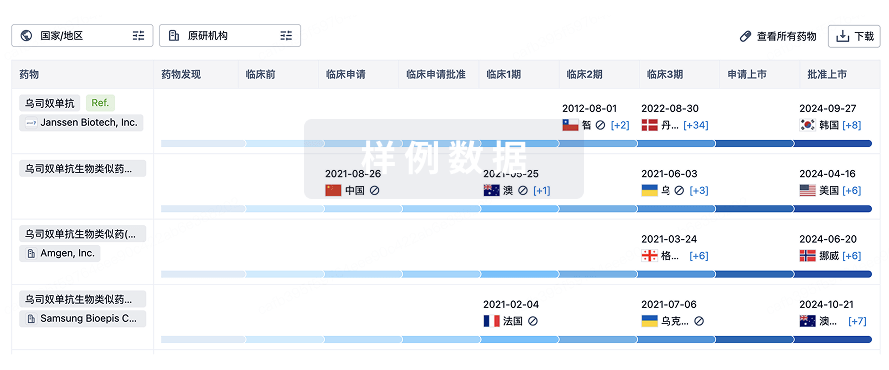Article
作者: Digiammarino, Enrico ; Chan, Sarah ; Akamatsu, Yoshiko ; Graham, Michelle ; Zhang, Dong ; Ho, Sun ; Xiong, Mengli ; Lee, Eileen ; Woolley, Andrew ; Dezso, Zoltan ; Lake, Marc ; Kim, Han ; Judge, Russell A ; Cairns, Belinda ; Iyer, Ramesh ; Liu, Wei ; Halliwill, Kyle ; Zheng, Pingping ; Gupta, Priyanka ; Forsyth, Charles M ; Liu, Cassie ; Zhang, Hong ; Ceccarelli, Michele ; MacDonough, Tracy ; Fox, Melvin ; Tan, Siu Sze ; Stickler, Marcia ; Sho, Mien ; Thakur, Archana ; Remis, Jonathan P ; Hollenbaugh, Diane ; Harding, Fiona ; Belmar, Nicole ; Alvarez, Hamsell M ; Rogers, Bryan ; Rhodes, Susan ; Trumble, Max ; Longenecker, Kenton ; Zhou, Li ; Tran, Ninian ; Bigelow, Lance
Abstract:Costimulatory receptors such as glucocorticoid-induced tumor necrosis factor receptor–related protein (GITR) play key roles in regulating the effector functions of T cells. In human clinical trials, however, GITR agonist antibodies have shown limited therapeutic effect, which may be due to suboptimal receptor clustering-mediated signaling. To overcome this potential limitation, a rational protein engineering approach is needed to optimize GITR agonist-based immunotherapies. Here we show a bispecific molecule consisting of an anti-PD-1 antibody fused with a multimeric GITR ligand (GITR-L) that induces PD-1-dependent and FcγR-independent GITR clustering, resulting in enhanced activation, proliferation and memory differentiation of primed antigen-specific GITR+PD-1+ T cells. The anti-PD-1–GITR-L bispecific is a PD-1-directed GITR-L construct that demonstrated dose-dependent, immunologically driven tumor growth inhibition in syngeneic, genetically engineered and xenograft humanized mouse tumor models, with a dose-dependent correlation between target saturation and Ki67 and TIGIT upregulation on memory T cells. Anti-PD-1–GITR-L thus represents a bispecific approach to directing GITR agonism for cancer immunotherapy.






